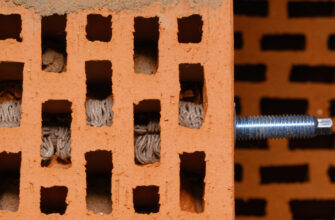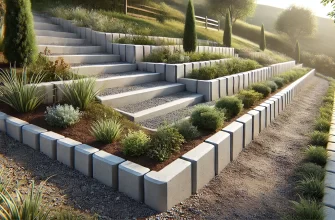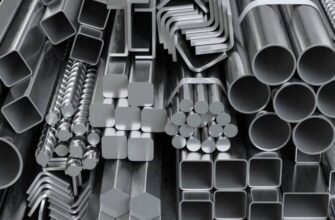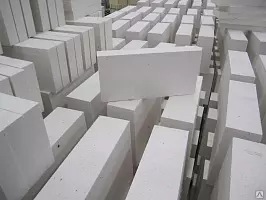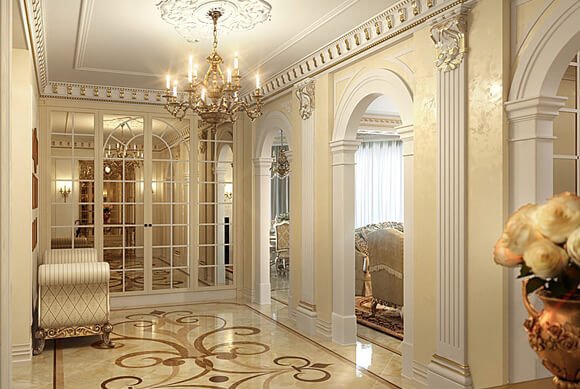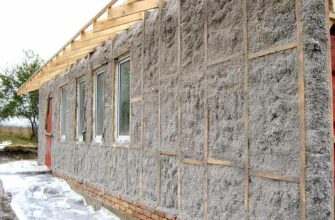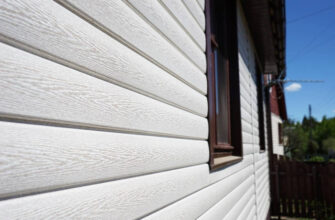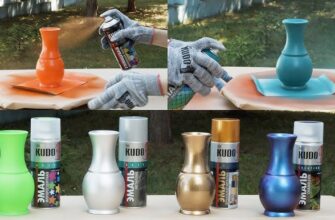 Chrysotile cement sheets are a high-tech building material, possessing unique properties. This article discusses the main characteristics of chrysotile cement sheets, their advantages and wide range of applications in construction.
Chrysotile cement sheets are a high-tech building material, possessing unique properties. This article discusses the main characteristics of chrysotile cement sheets, their advantages and wide range of applications in construction.
1. Definition and Composition:
- Definition: Chrysotile cement sheet is a composite material, including cement and chrysotile fibers.
- Composition: Main components include cement, chrysotile fibers, water and sometimes other additives to improve the properties of the material.
2. Physical and Mechanical Properties:
- Strength: Chrysotile cement sheets have high strength, making them suitable for a variety of designs.
- Moisture resistance: The material is characterized by good resistance to moisture, which allows it to be used in conditions of high humidity.
- Thermal Insulation Properties: Chrysotile cement has good thermal insulation, which makes it effective in various climatic conditions.
3. Application Areas in Construction:
- Roofing: Chrysotile cement sheets are widely used to create roofing coverings. They provide reliable weather protection.
- Facade cladding: The material is used for cladding building facades, adding an aesthetic appearance and additional protection to them.
- Construction of External Walls: Chrysotile cement sheets are used in the construction of external walls, providing strength and durability.
- Interior Finishing: The material can be used for interior wall decoration, ceilings and other surfaces.
- Production of Load-bearing Elements: Chrysotile cement is widely used in the manufacture of load-bearing elements, such as columns and beams.
4. Advantages of Chrysotile Cement Sheets:
- Durability: The material has a long service life, making it a cost-effective choice.
- Fire resistance: Chrysotile cement is resistant to high temperatures, which ensures fire resistance of structures.
- Environmental Safety: Modern production technologies ensure the creation of environmentally friendly materials.
5. Variety of Shapes and Sizes:
- Sheets: Chrysotile cement sheets are available in various sizes and thicknesses, which provides flexibility in design.
- Slabs: The material can be presented in the form of plates, which simplifies installation and improves aesthetics.
6. Installation Technologies:
- Roof installation: For installation of roofing coverings, chrysotile cement sheets are attached to the sheathing using special fasteners.
- Fixation on Walls: For cladding facades or creating walls, the material can be fixed to the walls using glue or fasteners.
7. Security Compliance:
- Safety During Installation: Standard safety precautions should be observed during installation., including the use of protective equipment.
- Waste Management: When demolishing chrysotile cement structures, it is necessary to follow waste management rules and choose disposal methods in accordance with the law.
8. Variety of Manufacturers:
- Standard of Quality: Some notable manufacturers include James Hardie, Eternit, Cembrite, providing high quality chrysotile cement sheets.
When writing this article, materials from the site were partially used https://alexstroi.ru/asbestocementnye-listy/nepressovannye-listy/
date posts: 29 April 2022 of the year
